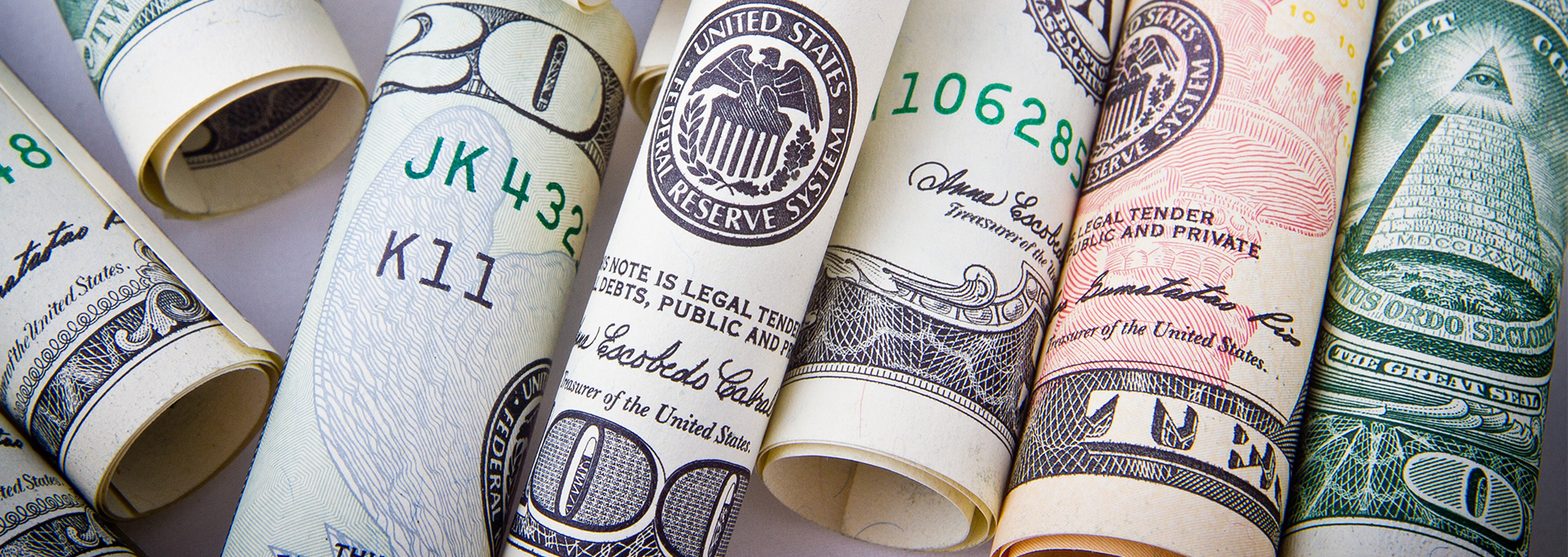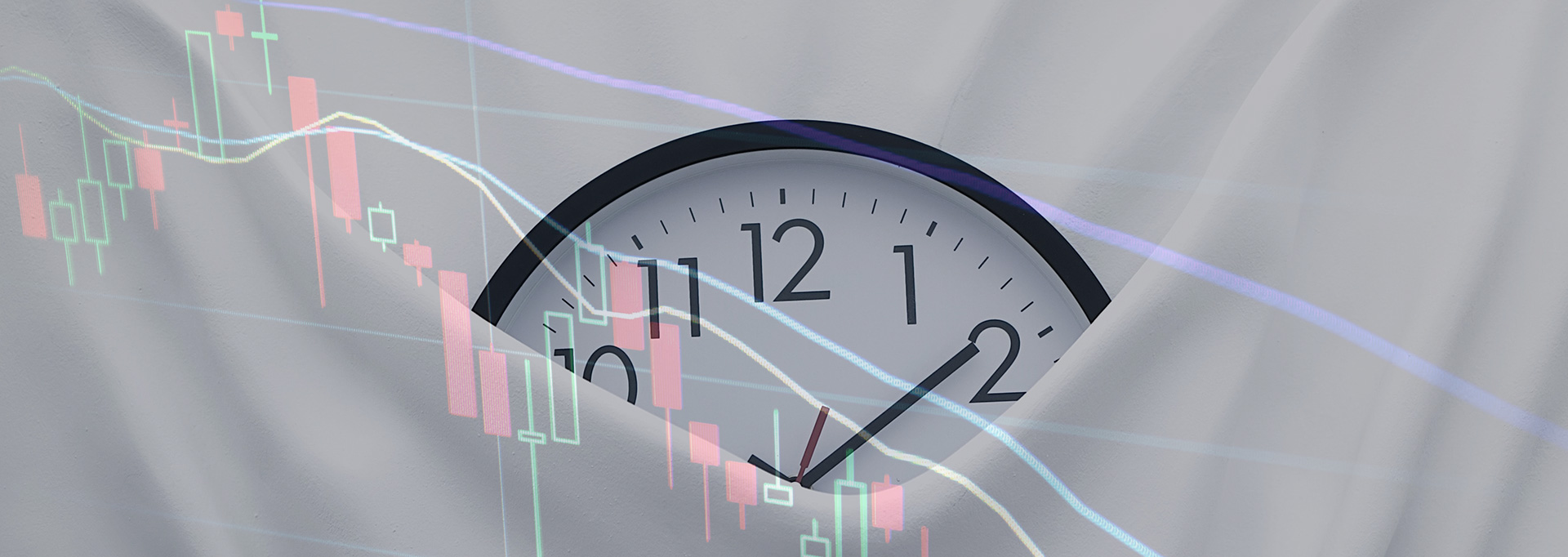Most products on this page are from partners who may compensate us. This may influence which products we write about and where and how they appear on the page. However, opinions expressed here are the author's alone, not those of any bank, credit card issuer, airline or hotel chain.
A certificate of deposit (CD) can be a great way to build savings, but these accounts can’t always keep up when inflation is on the rise. However, CD laddering aims to address this problem. Here’s what you need to know about how CD laddering works, how to build a CD ladder and some alternatives to CDs you can also consider.
What Is a CD Ladder?
A CD ladder is a type of savings strategy where you
An important component of a
Benefits and Risks of CD Ladders
If you’re considering building a CD ladder, consider their pros and cons.
CD Ladder Pros
- Avoid the risk of tying up cash for a long time and missing out on potentially rising interest rates
- Improve cash liquidity with access to portions of your savings at regular intervals without early withdrawal penalties
- FDIC insured up to $250,000 as long as the bank is a member of the Federal Deposit Insurance Corporation
CD Ladder Cons
- Could miss out on higher interest rates on a long-term CD with the full amount of your cash savings if rates decline
- Less flexibility than high-yield savings accounts
- Low-risk investment, but it might be possible to earn higher returns elsewhere
How to Build a CD Ladder
CDs come with varying terms, typically from a few months up to five years. So, when you build your CD ladder, you can choose varying maturity dates.
In general, long-term CDs have higher interest rates, but it’s increasingly common to find attractive annual percentage yield (APY) offers from online banks and credit unions for shorter terms.
CD rates also vary by bank, so it’s wise to shop around and compare CD offers—especially when you’re using the CD ladder strategy to try to take advantage of the highest rates possible.
CDs to Consider
Recommended CD Accounts
| Account | 1-Year APY | 3-Year APY | 5-Year APY | Learn More |
|---|---|---|---|---|

CIT Bank Term Certificates of Deposit |
0.30%
Annual Percentage Yield is accurate as of April 2, 2024. Interest rates for CIT Bank's term CDs are variable and subject to change at any time without notice |
0.40%
Annual Percentage Yield is accurate as of April 2, 2024. Interest rates for CIT Bank's term CDs are variable and subject to change at any time without notice |
0.50%
Annual Percentage Yield is accurate as of April 2, 2024. Interest rates for CIT Bank's term CDs are variable and subject to change at any time without notice |
This product is currently not available via Slickdeals. All information about this product was collected by Slickdeals and has not been reviewed by the issuer. |
|
|
4.00% | 4.00% | 3.50% | Open CD |
|
|
4.10% | 3.65% | 3.60% | Open CD |
|
|
4.10% | 3.50% | 3.40% | Open CD |

Quontic Bank Certificates of Deposit |
4.00% | 3.25% | 3.00% |
This product is currently not available via Slickdeals. All information about this product was collected by Slickdeals and has not been reviewed by the issuer. |
CD Ladder Example
Let’s assume you have $30,000 to invest. Below is a hypothetical example of how you could use a CD ladder to open three accounts and stagger your savings among multiple certificates of deposit.
| CD Term | Amount | APY | |
|---|---|---|---|
|
CD 1 |
6 Months |
$10,000 |
4.15% |
|
CD 2 |
1 Year |
$10,000 |
4.30% |
|
CD 3 |
18 Months |
$10,000 |
4.47% |
In this example, one of the CDs in your ladder matures once every six months. At each maturity date, you gain access to $10,000 of your savings, plus the interest you earned on your funds.
When each CD in your ladder matures, you have the opportunity to reinvest as you see fit. And if interest rates are higher than when you started this process, you can take advantage of them by opening a new CD and extending the height (and value) of your CD ladder.
Make sure you keep track of the maturity dates for all your CDs as they may automatically roll over soon after. If this happens, you won't have the opportunity to compare rates and potentially move funds to a stronger CD.
 Related Article
Related Article
4 CD Rates Over 5.00%
Alternatives to CD Ladders
Here are two other low-risk ways to earn more money on your savings you can consider if you’re not sure CD laddering is right for you:
Bump-up CDs : Some banks and credit unions offer bump-up CDs. When you open one, the bank allows you to increase or “bump up” your APY if interest rates rise during your CD’s term. In general, you can only raise the APYonce . So it’s important to choose your timing wisely.- No-penalty CDs: In general, no-penalty CDs don’t offer the highest rates available. However, they can provide you with the flexibility to withdraw funds early without penalty if needed.
- High-yield savings accounts: If you still want high rates but prefer to have more access to your funds, a high-yield savings account can offer the best of both worlds. Many high-yield savings accounts these days can offer well over 5.00% APY.
Bottom Line
There are many ways you can try to grow your cash to support your short- and medium-term savings goals. If you believe a CD ladder makes sense as part of your overall savings plan, be sure to shop around for the best CD rates available from various financial institutions (including online banks).




















